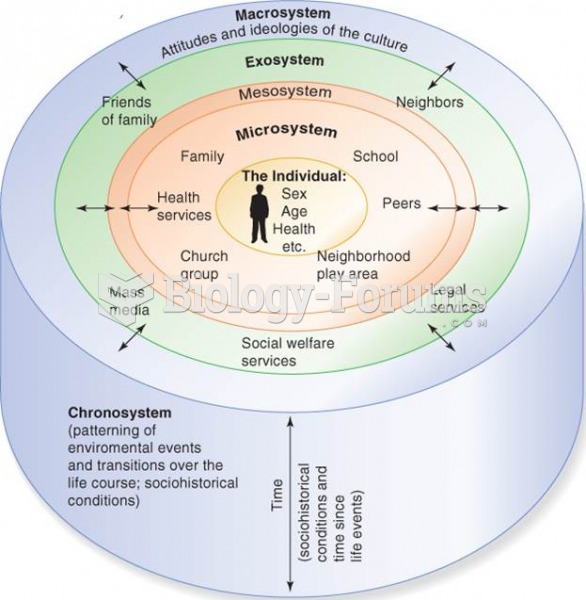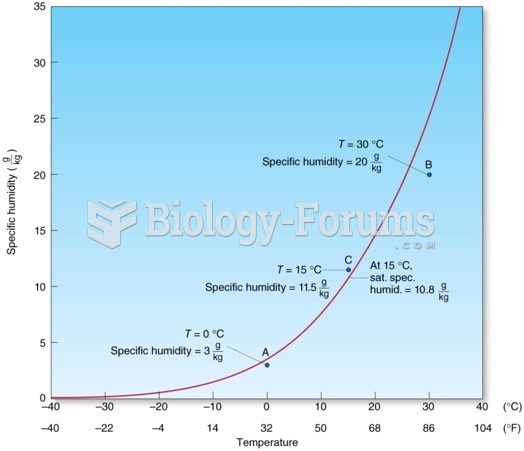Answer to Question 1
The value-added theory developed by sociologist Neil Smelser is based on the assumption that certain conditions are necessary for the development of a social movement. He called his theory the value-added approach based on the concept that each step in the production process adds something to the finished product. Similarly, Smelser asserted, six conditions are necessary and sufficient to produce social movements when they combine or interact in a particular situation.
1 . Structural conducivenesspeople must become aware of a significant problem and have the opportunity to engage in collective action. Movements are more likely to occur when a person, class, or agency can be singled out as the source of the problem.
2 . Structural strainoccurs when a society or community is unable to meet people's expectations that something should be done about a problem. The ensuing tension and conflict contribute to the development of a social movement based on people's belief that the problem would not exist if authorities had done what they were supposed to do.
3 . Spread of a generalized belieffor a movement to develop, there must be a clear statement of the problem and a shared view of its cause, effects, and possible solution.
4 . Precipitating factorsto reinforce the existing generalized belief, an inciting incident or dramatic event must occur.
5 . Mobilization for actionat this stage, leaders emerge to organize others and give them a sense of direction.
6 . Social control factorsif there is a high level of social control on the part of law enforcement officials, political leaders, and others, it becomes more difficult to develop a social movement or engage in certain types of collective action.
Answer to Question 2
d







